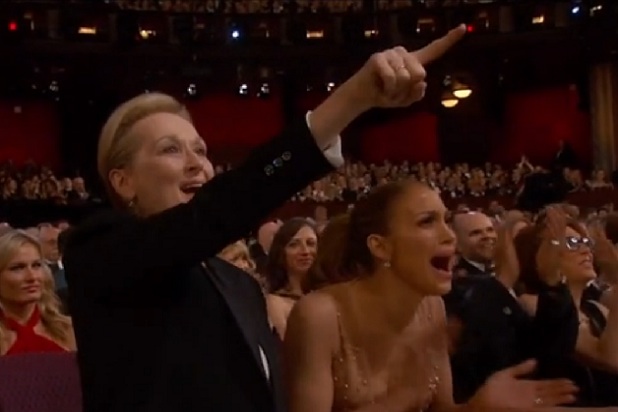Do women really make less than men?
Women make less than men. In Canada. In the United States. In every country in the world.
Belgium (yes, chocolate lovers, Belgium) has the smallest wage gap in the world. Women earn just 6 per cent less than men in Belgium. Canada comes in 25th among high-income countries, with women earning, on average, 20 per cent less than men.
That’s because women don’t work as many hours as men, right?
Nope.
Working full-time, full year, women make 20 per cent less than men in Canada.
Aren’t women working less (and getting paid less) because: babies?
Women do take more time off than men when they have children. Just under a year on average. They are also much more likely to cite childcare as the reason they work part-time.
However, no.
The average age at women have children in Canada is 29 years old. If you look at the average wages of men and women under age 25 (so, no babies), there is still a wage gap (of 10-20 per cent depending on educational level). Working full time, full year. No babies. No breaks.
The average woman in Canada has between one and two children in her lifetime. If she takes the average 44 weeks of parental leave for each child, she will, at most, have lost just under two years of work experience. This is a relatively minor difference in experience levels between men and women, particularly considered as two out of 40 years of a working life. Yet women finish out their working lives earning between 26-32 per cent less than their male peers of the same age and educational level. Working full time.
But all those women taking over universities?
Women’s levels of post-secondary education have increased significantly over the past 30 years. So too have men’s levels of education. Women make up just over half of all university graduates in Canada today. Yet, women with university degrees still earn 10-30 per cent less than their male peers (depending on their age cohort).
Aren’t women just choosing lower-paying jobs?
Nope.
Out of the 500 occupations surveyed in the last census, there were only 31 occupations in which women (working full-time, full year) made more than their male peers. Those women represent 2.7 per cent of all women employed in full-time work. For the other 97.3 per cent of women working full-time in the other 469 occupations, the wage gap persists.
For example, the top three most popular occupations for women with of post-secondary education are: teacher, nurse, and administrator. Working full time, women in those three occupations will make 10 per cent (teacher), 7 per cent (nurse), and 26 per cent (administrator) less than men working in the same occupation, with the same education.
But Patricia Arquette, she’s good, right?
Forbes Magazine’s annual tally of the highest paid actors in Hollywood found that although a handful of actresses are still making millions of dollars a year, their earnings are less than half the earnings of their highly paid male counterparts, with a wage gap nearing 60 per cent for Hollywood’s top female earners.
And in Canada? Average salaries for men and women who choose acting as their profession don’t come close to those big figures. Actresses in Canada earn just under $25,000 a year — a whopping 39 per cent less than their male peers (who also don’t earn very big salaries on average at $41,000/year).
It can’t get worse, can it?
Yes it can.
Aboriginal women earn 10 per cent less than Aboriginal men (working full time) and 26 per cent less than non-Aboriginal men. Racialized women earn 21 per cent less than racialized men and 32 per cent less than non-racialized men. Immigrant women earn 25 per cent less than immigrant men and 28 per cent less than non-immigrant men.
The wage gap actually gets bigger for Aboriginal, racialized and immigrant women with university degrees. Yes, you read that right. Aboriginal women with a university degree earn 24 per cent less than Aboriginal men with a university degree and 33 per cent less than non-Aboriginal men with a university degree.
The wage gap is a thing.
The wage gap is a thing. It exists. It isn’t pretty. It is the face of discrimination. It isn’t going to go away if we close our eyes and hold our breath and count to one hundred and swear we didn’t do it.
The first step is for employers to ask the question: are we paying men and women the same amount for the same work? You can’t correct a mistake if you don’t know you are making it. More transparency in pay has a demonstrated effect on closing the wage gap. Because, you know, the ladies get restless when they realize they’re getting paid less than the guy next to them. Actually everyone does. (Check out the lady monkeys.)
Support wage-setting institutions: unionization and collective bargaining narrow the gender wage gap. Every time.
Support your provincial pay equity commissioner.
Celebrate equal pay day.
Disney princesses support pay equity.
Don’t let it go. Take some advice from your second favourite Disney princess, Ariel, and support equal pay.
Photo credit: The Wrap



